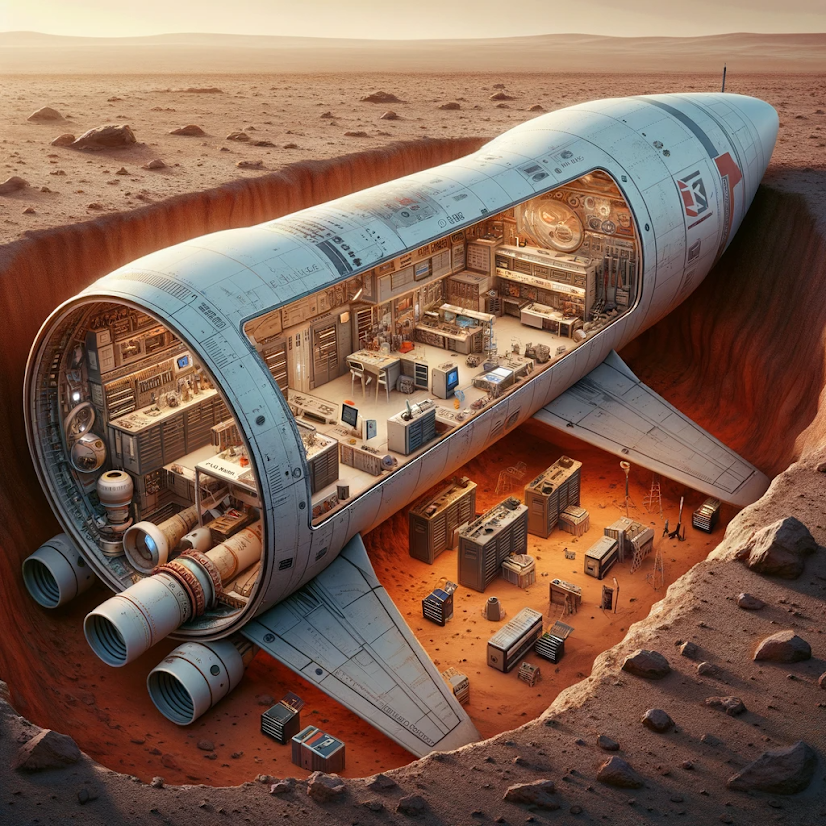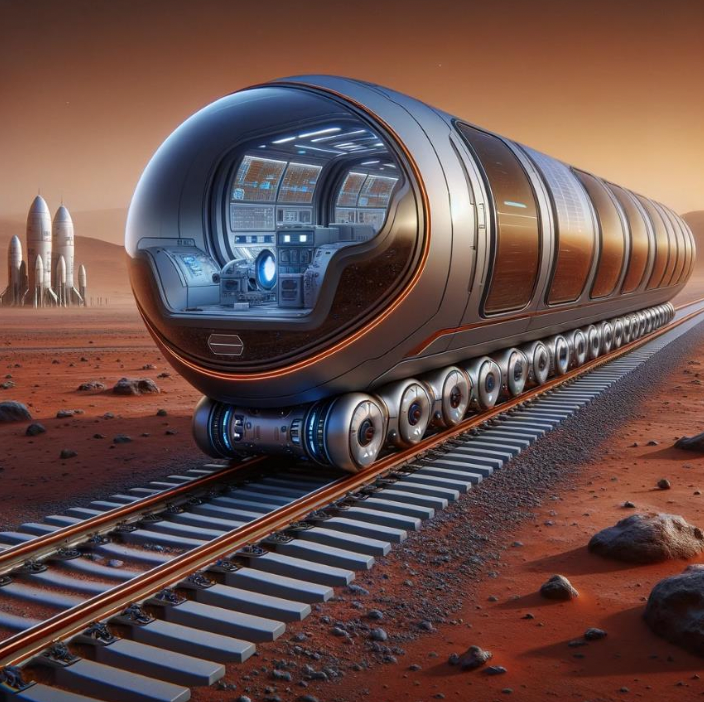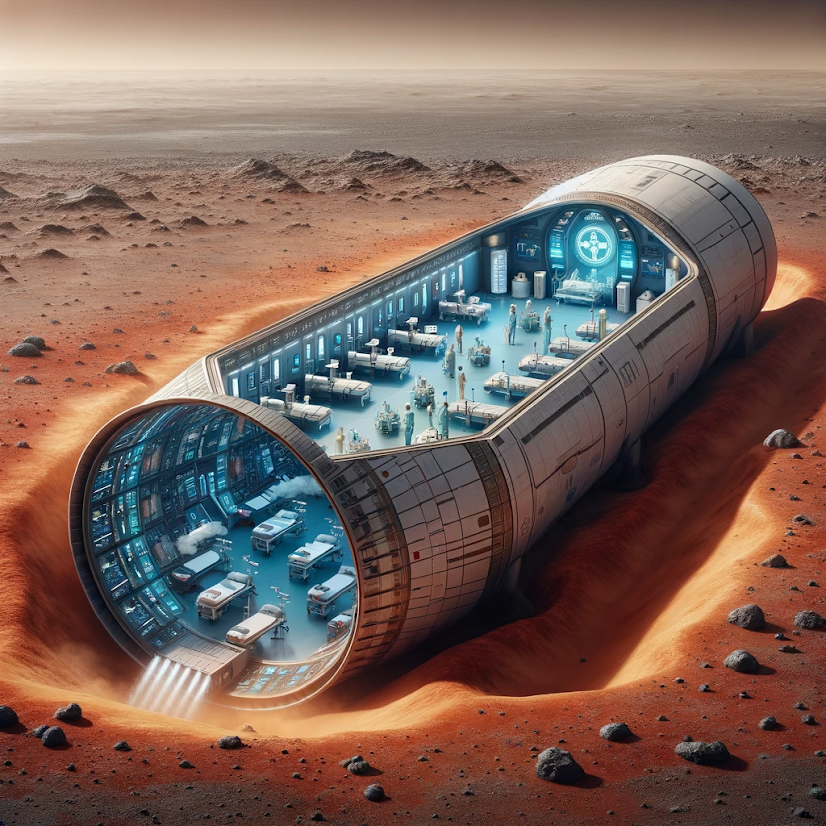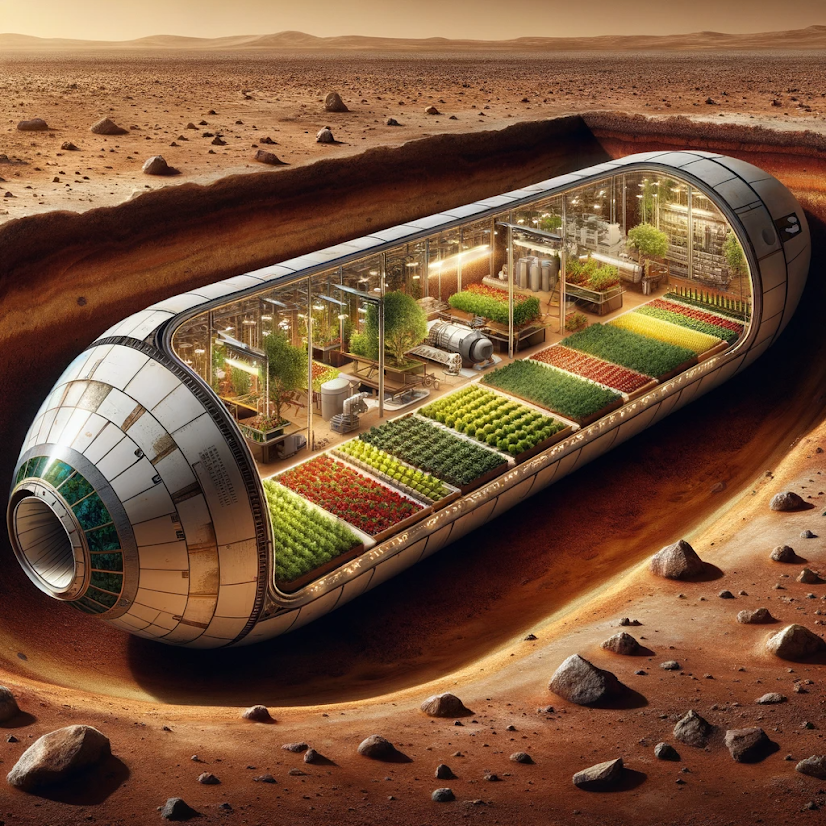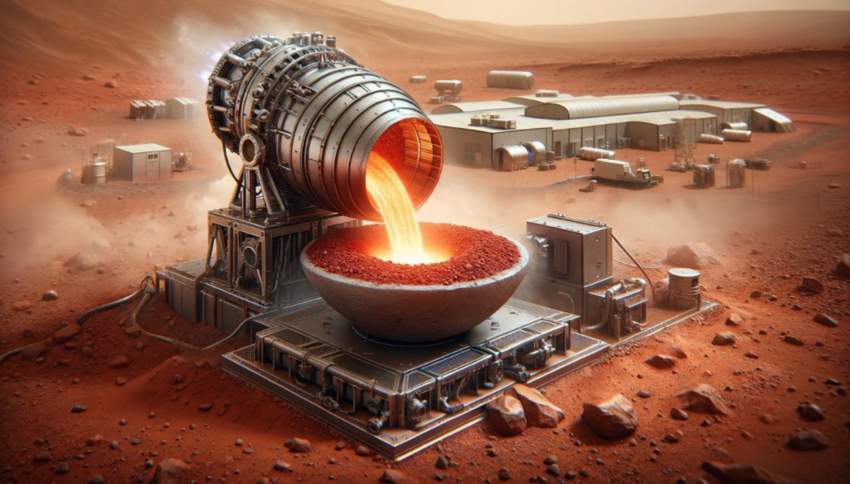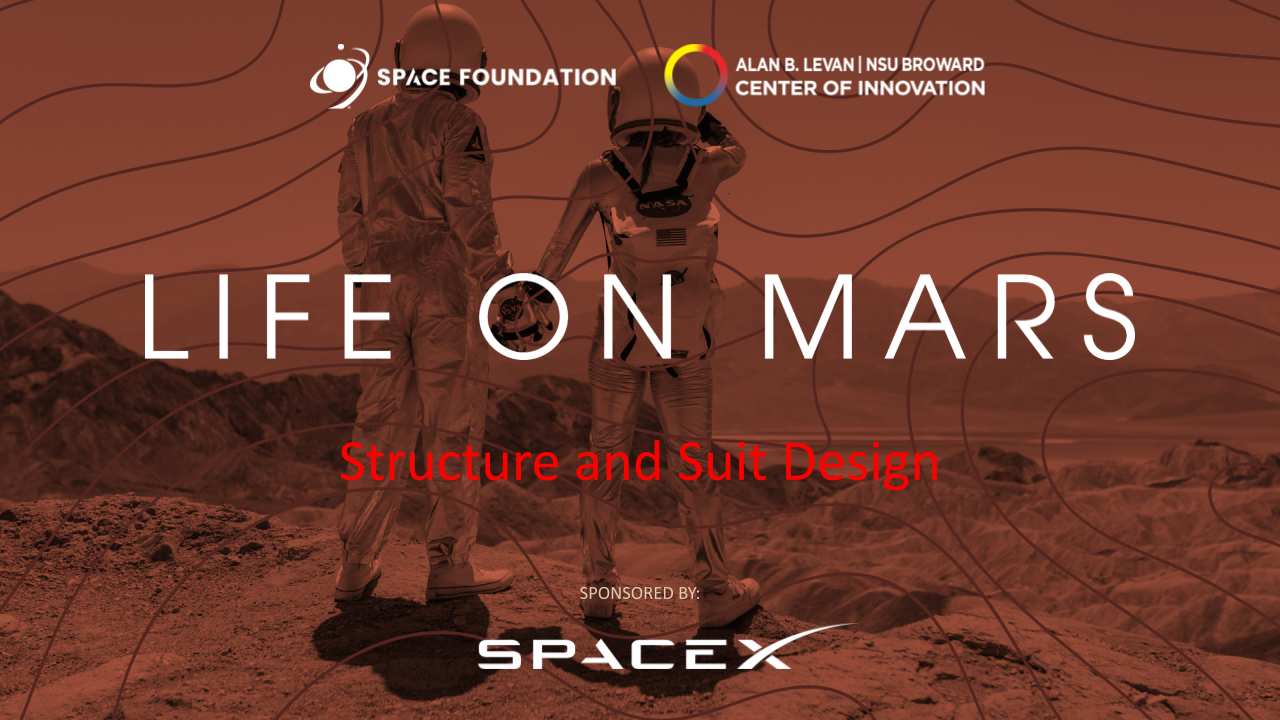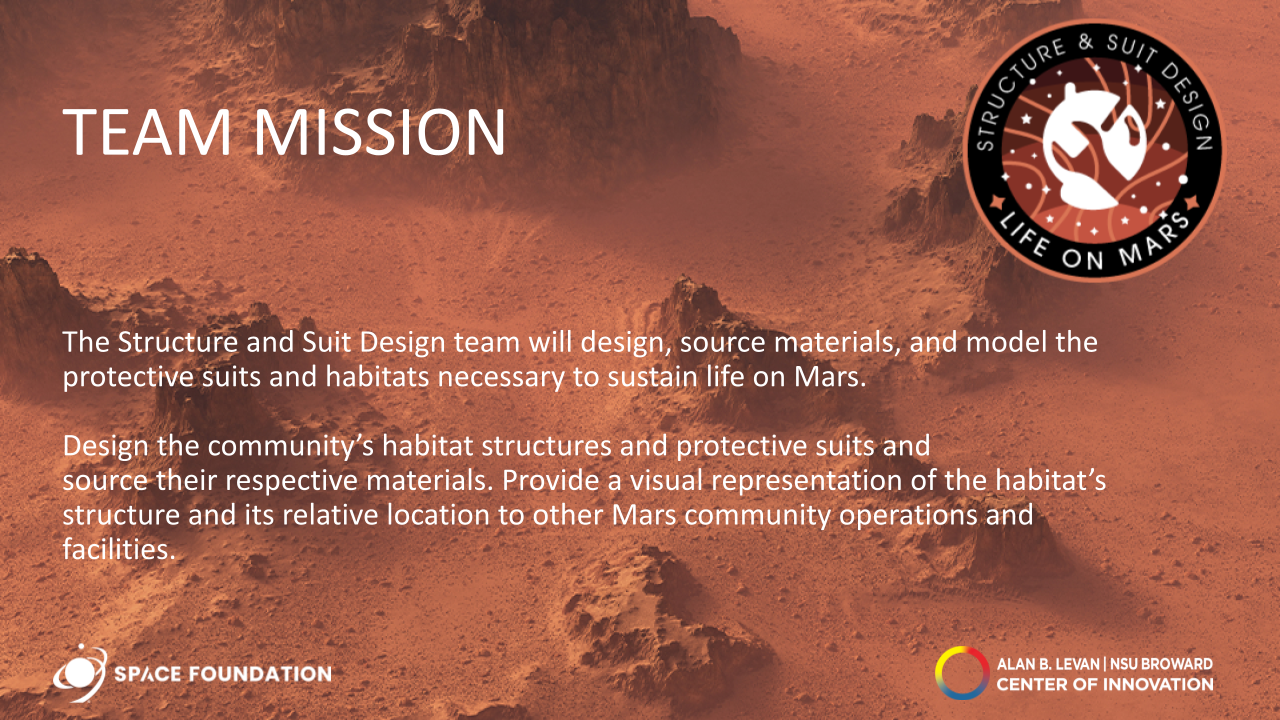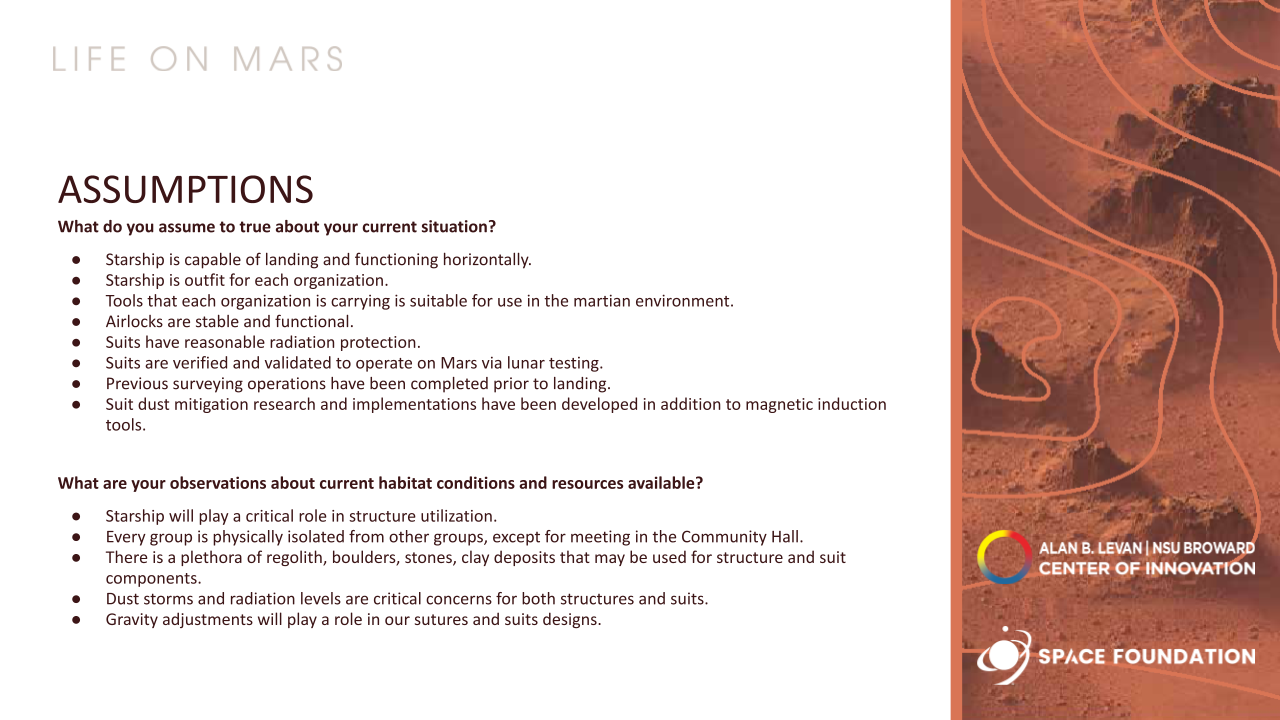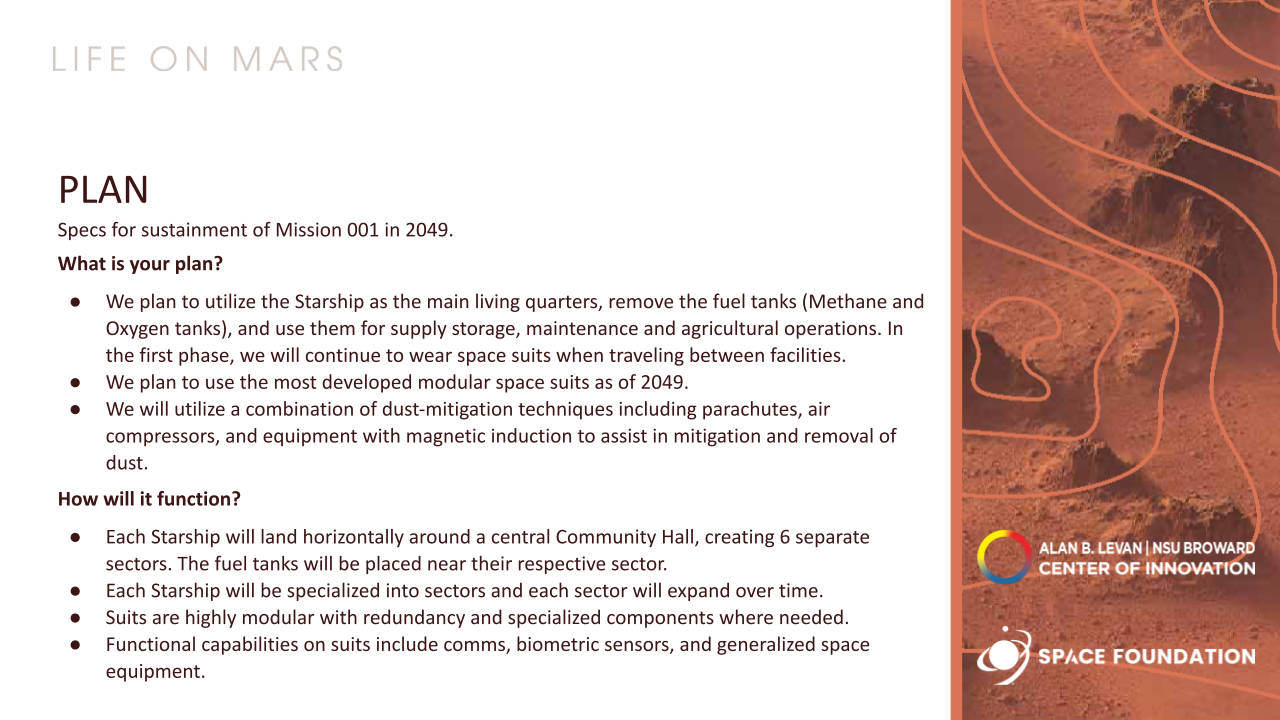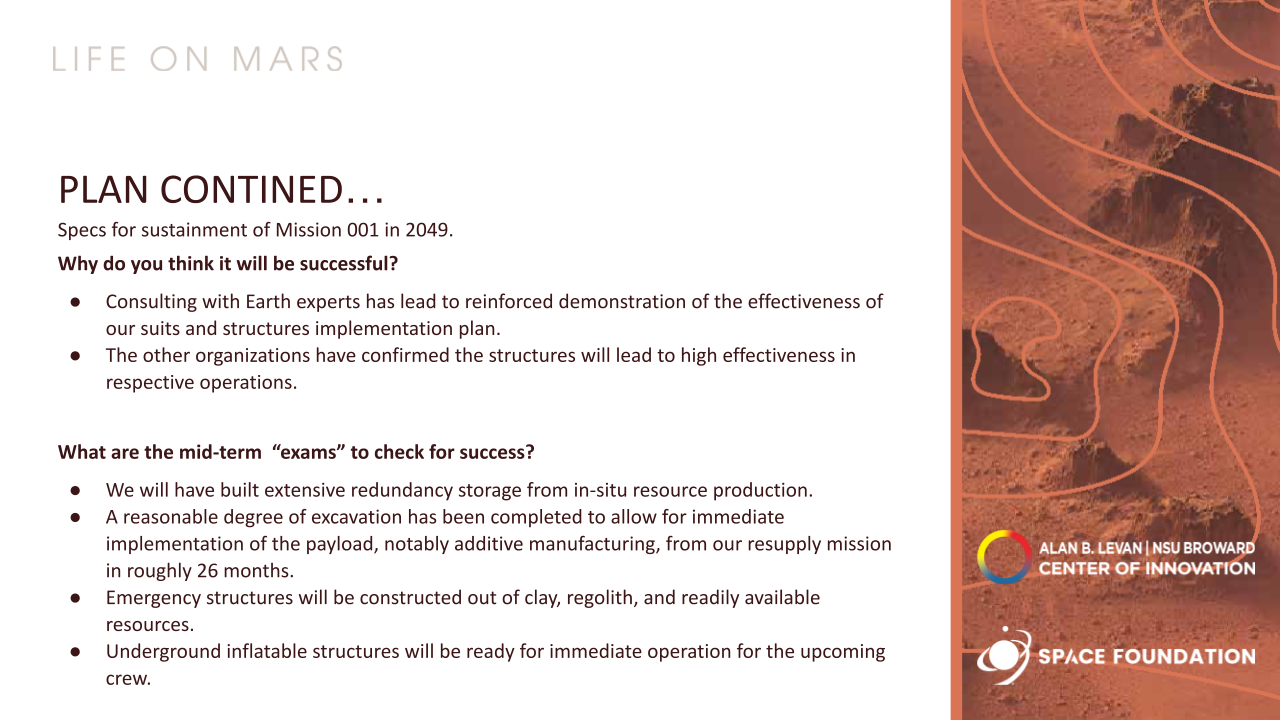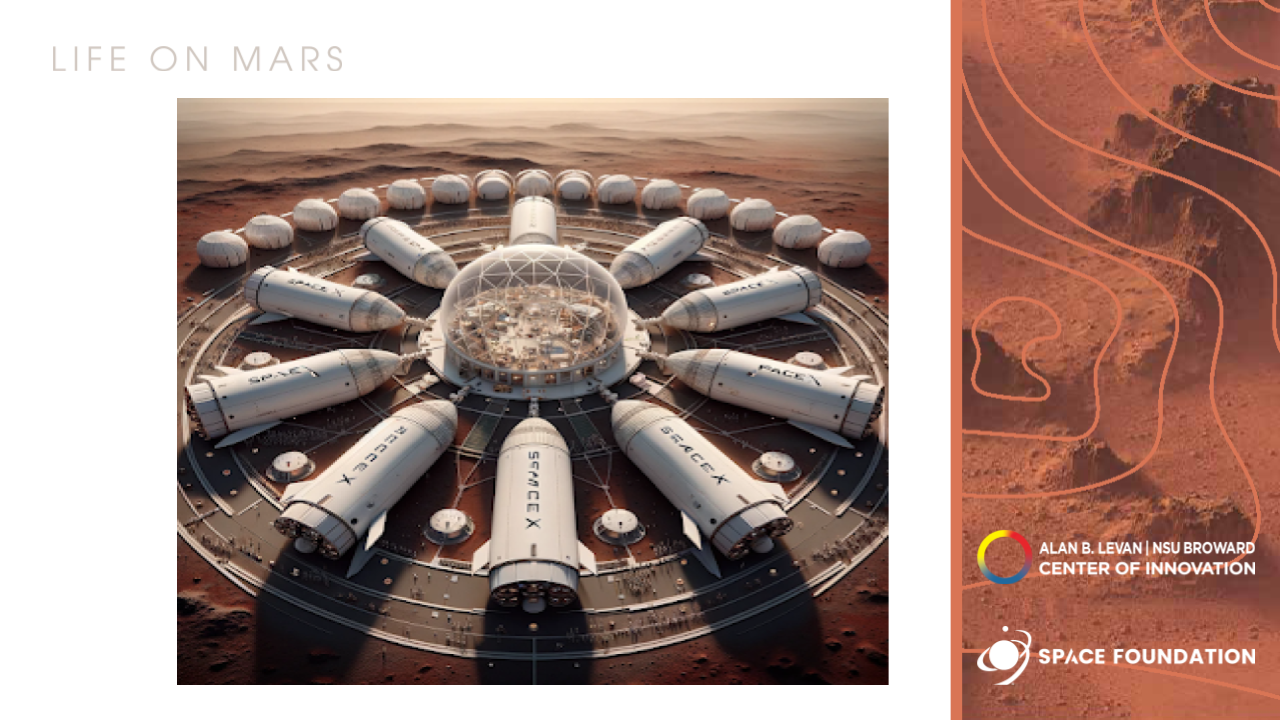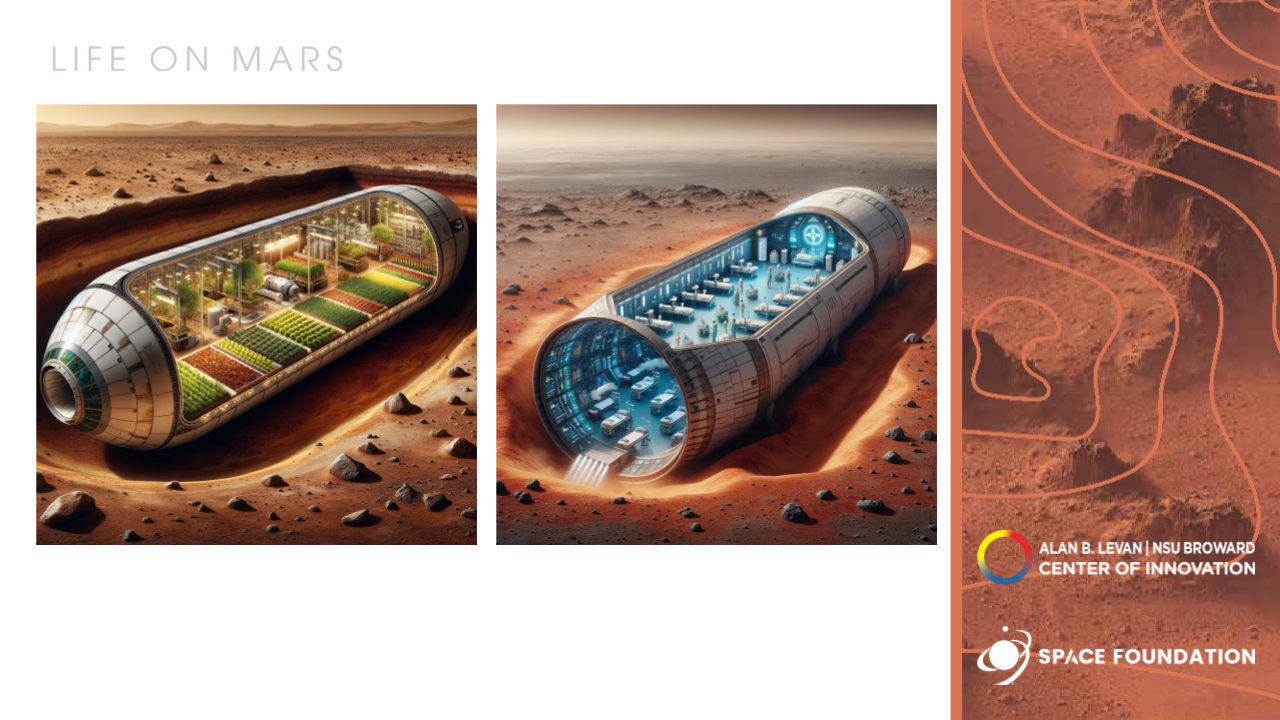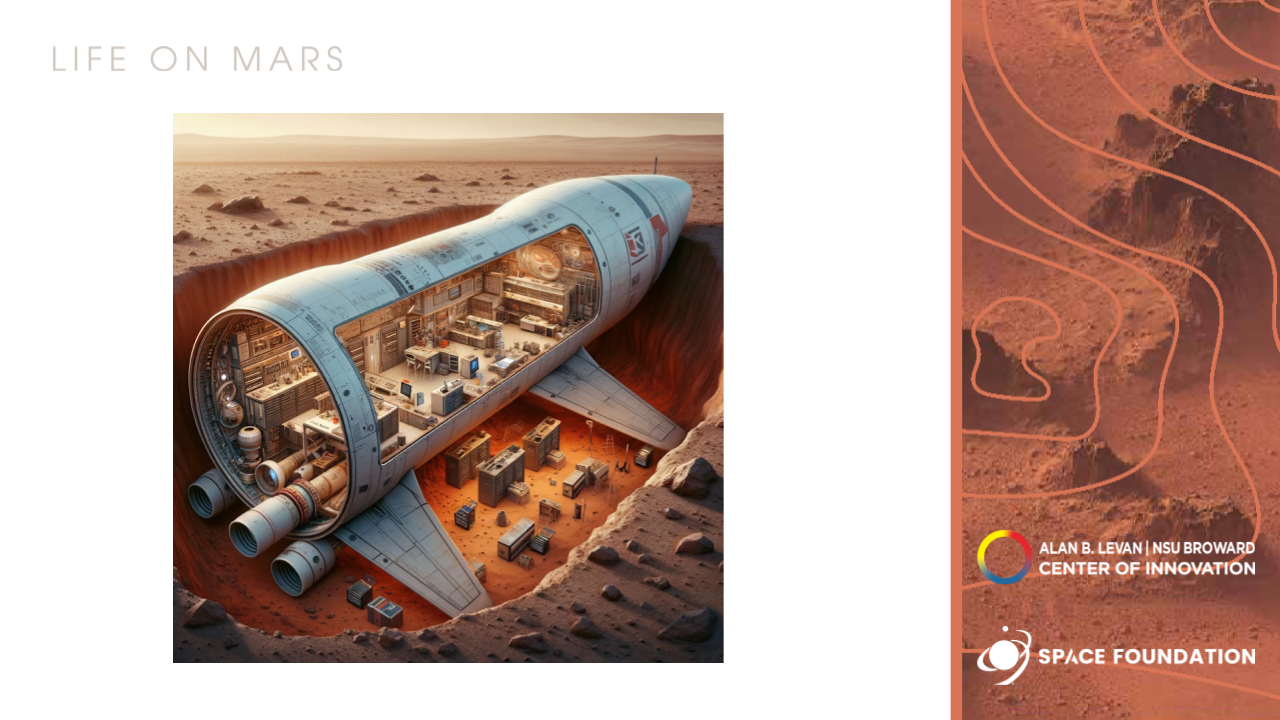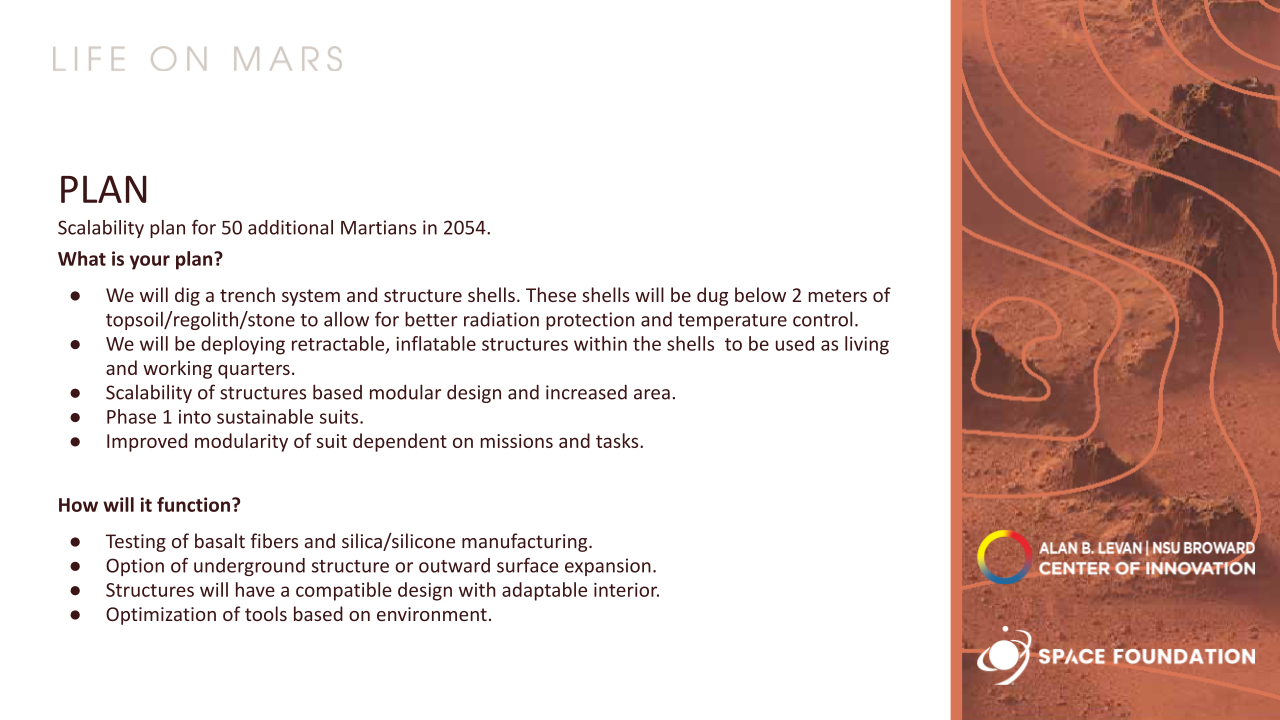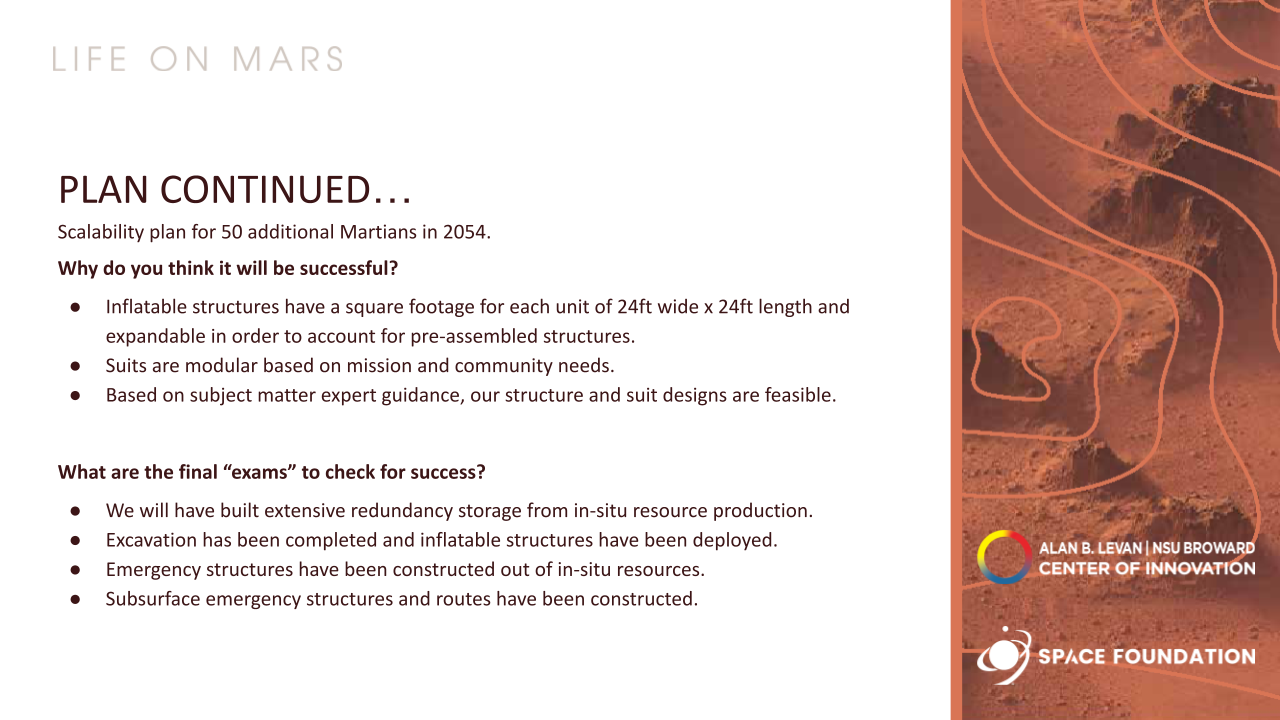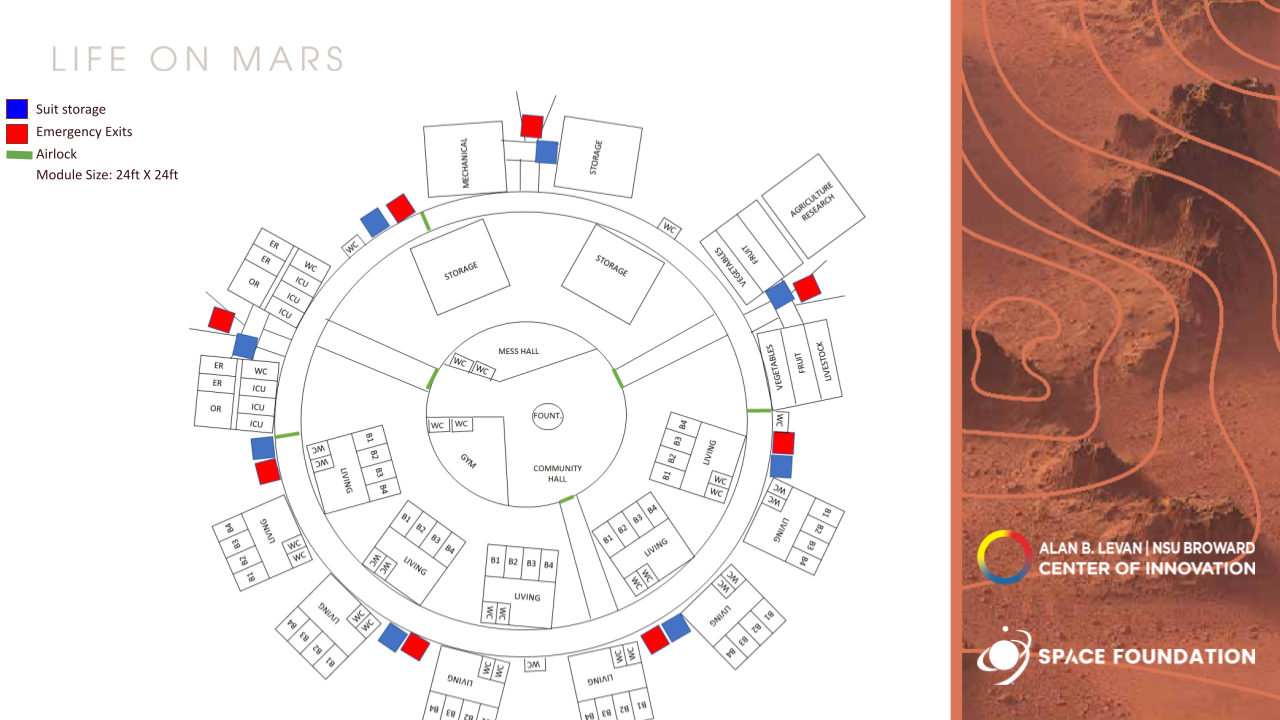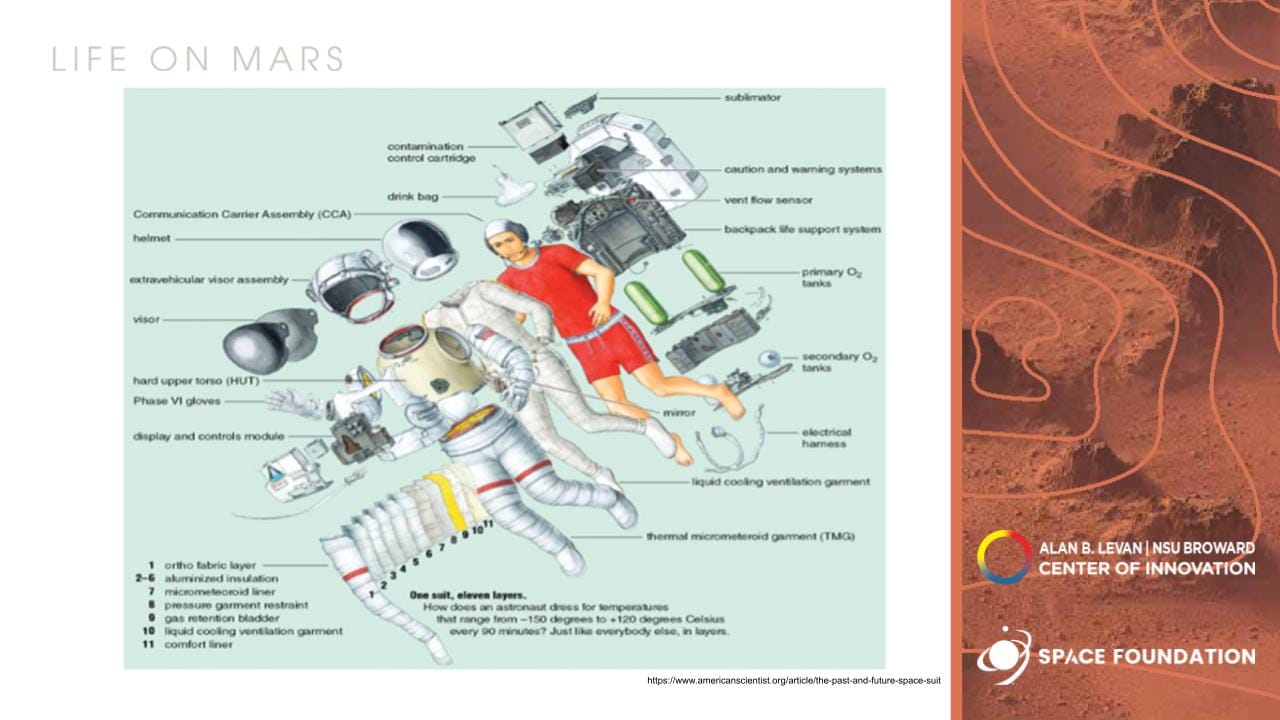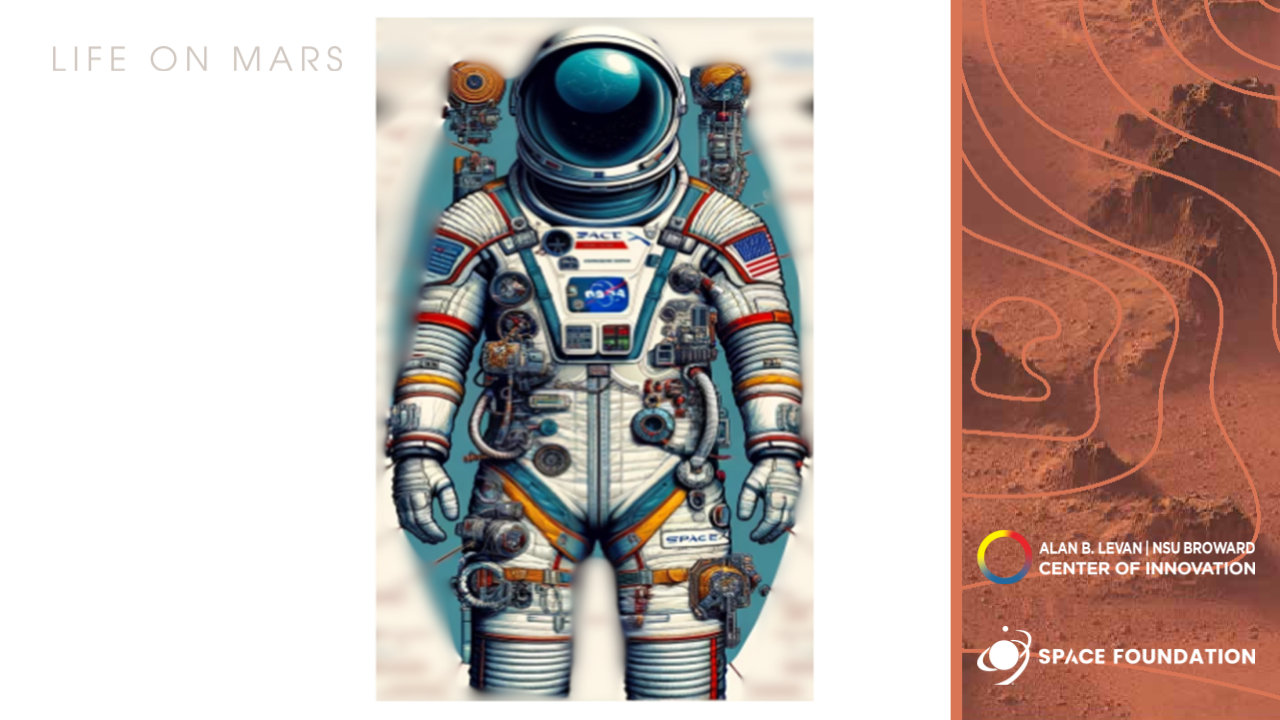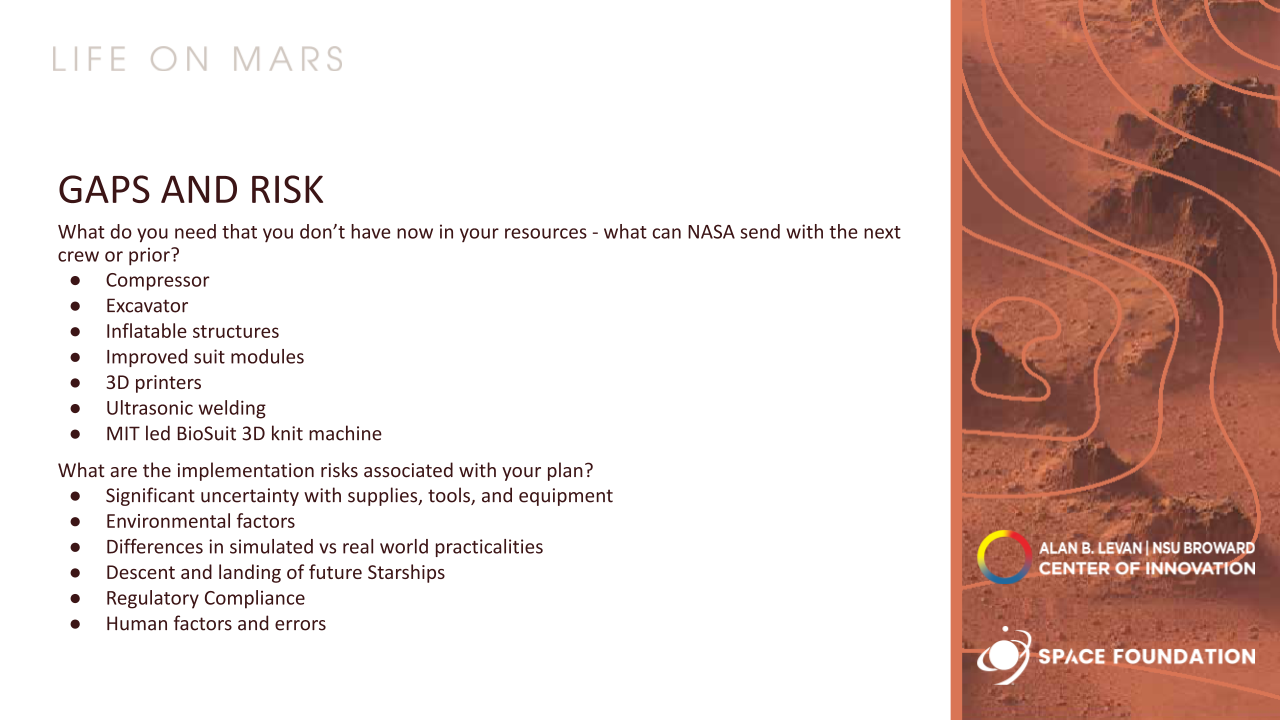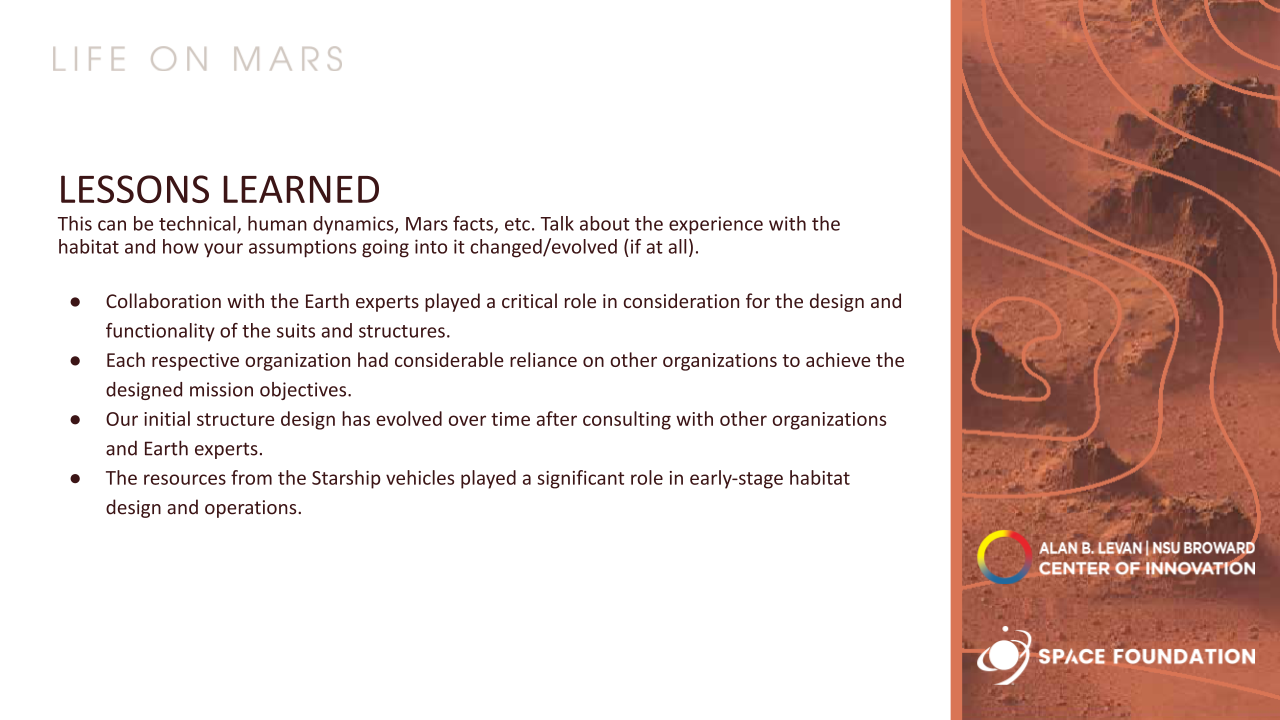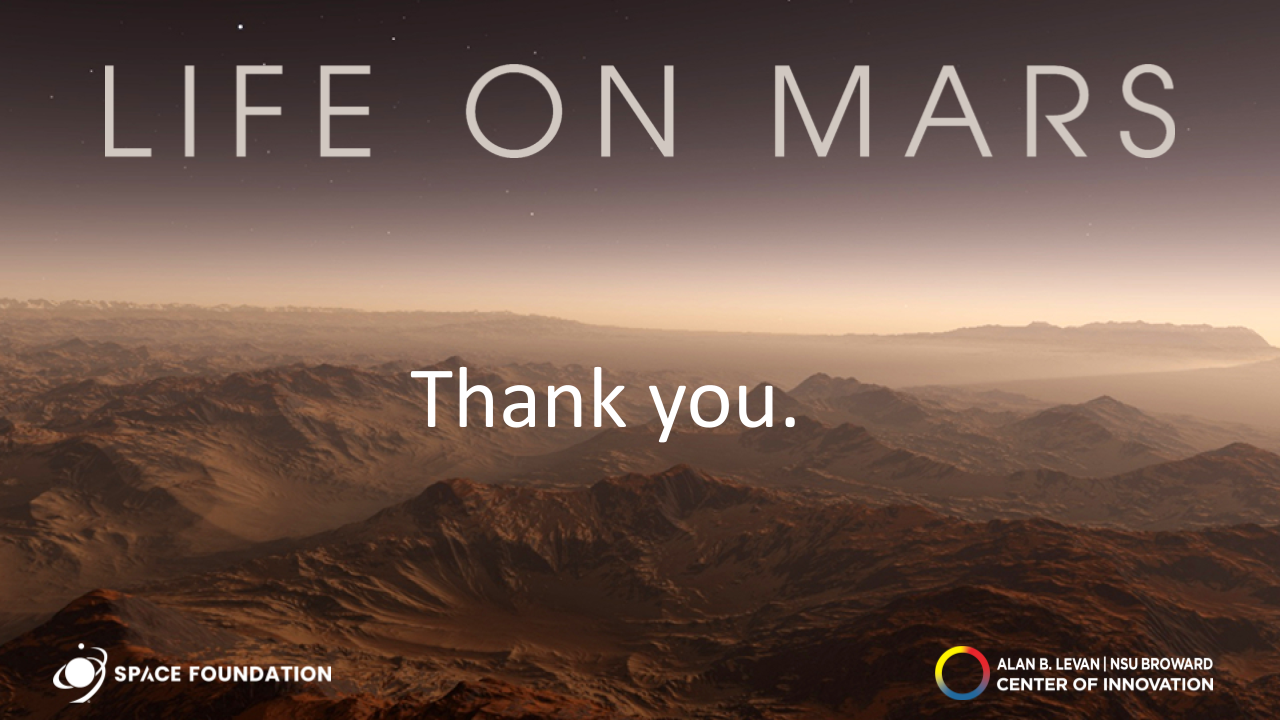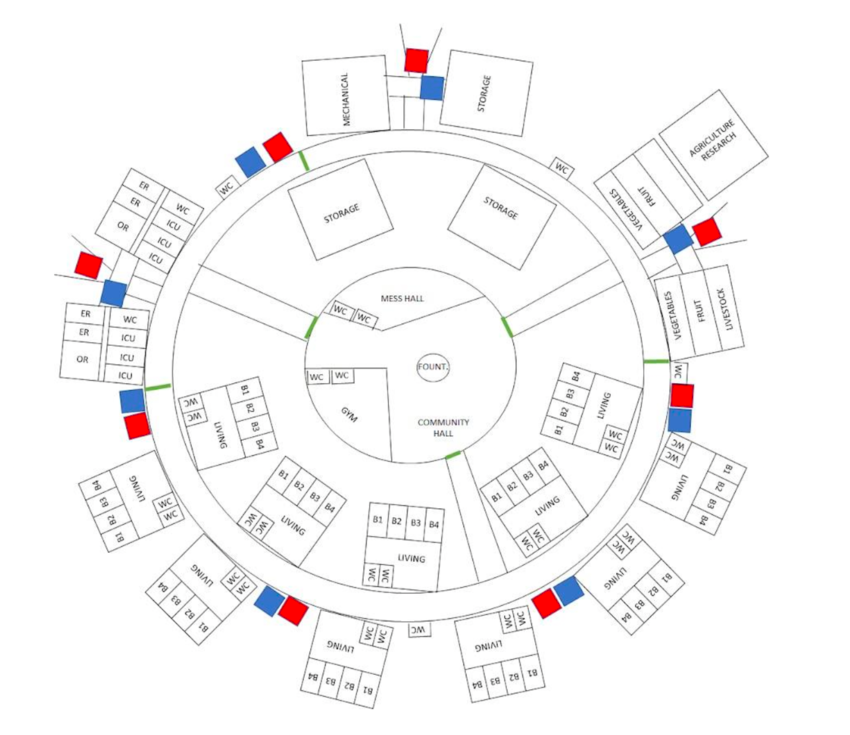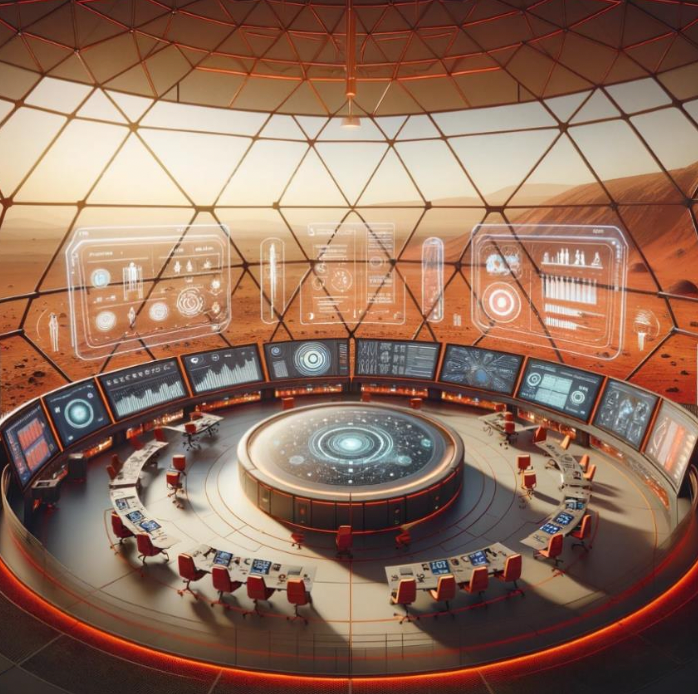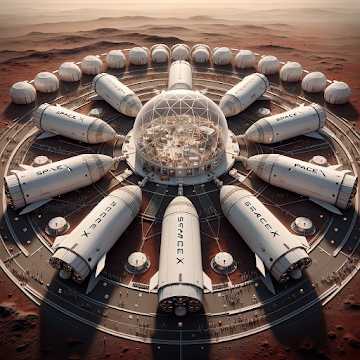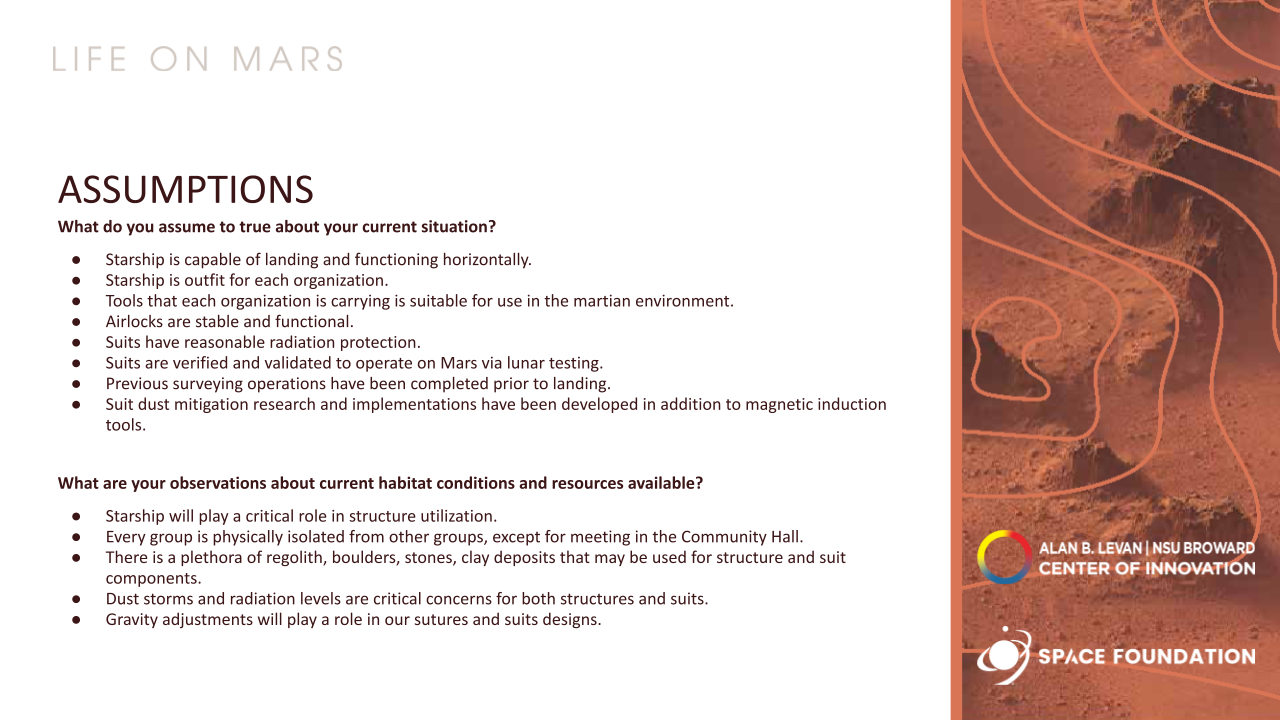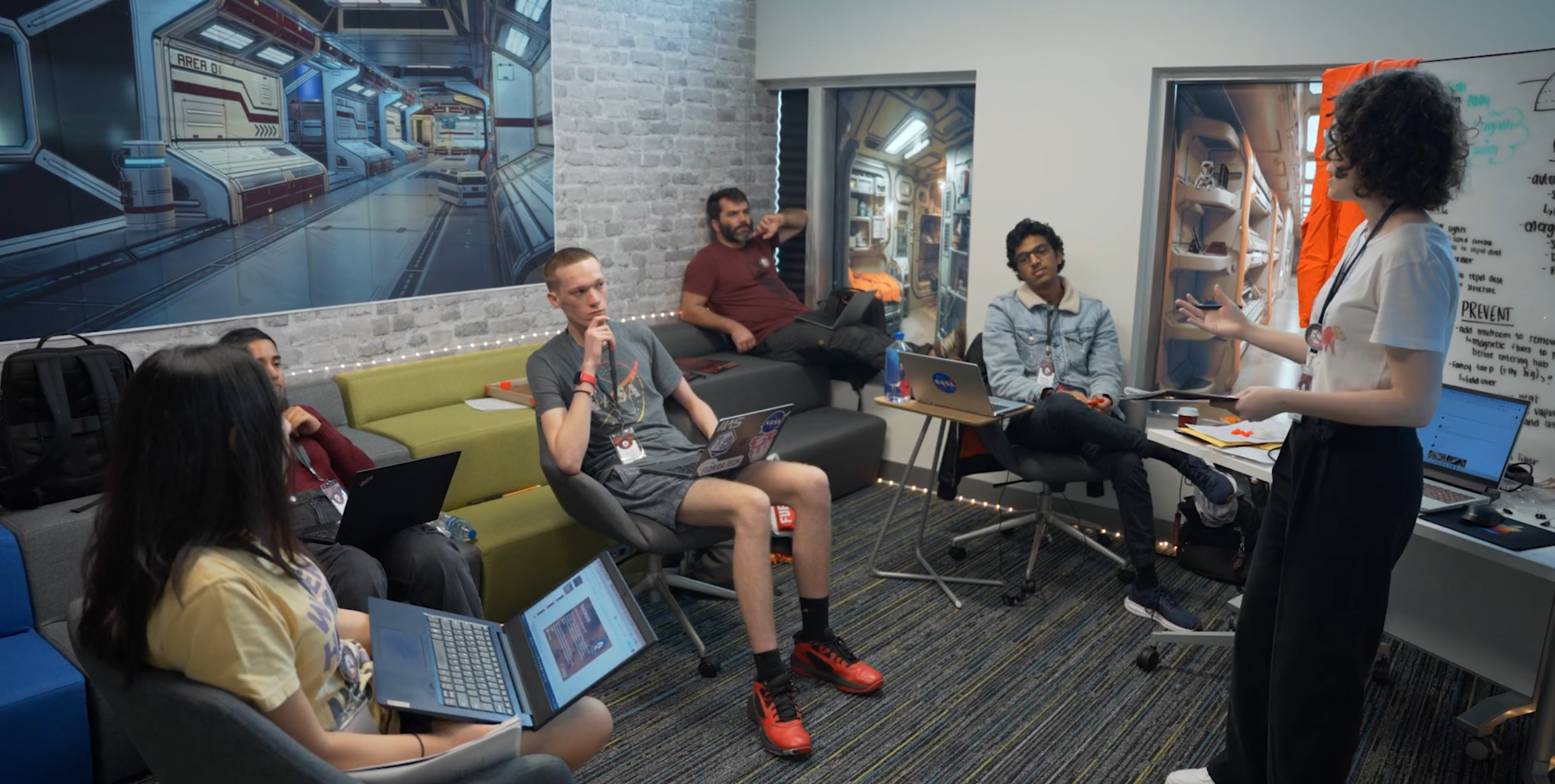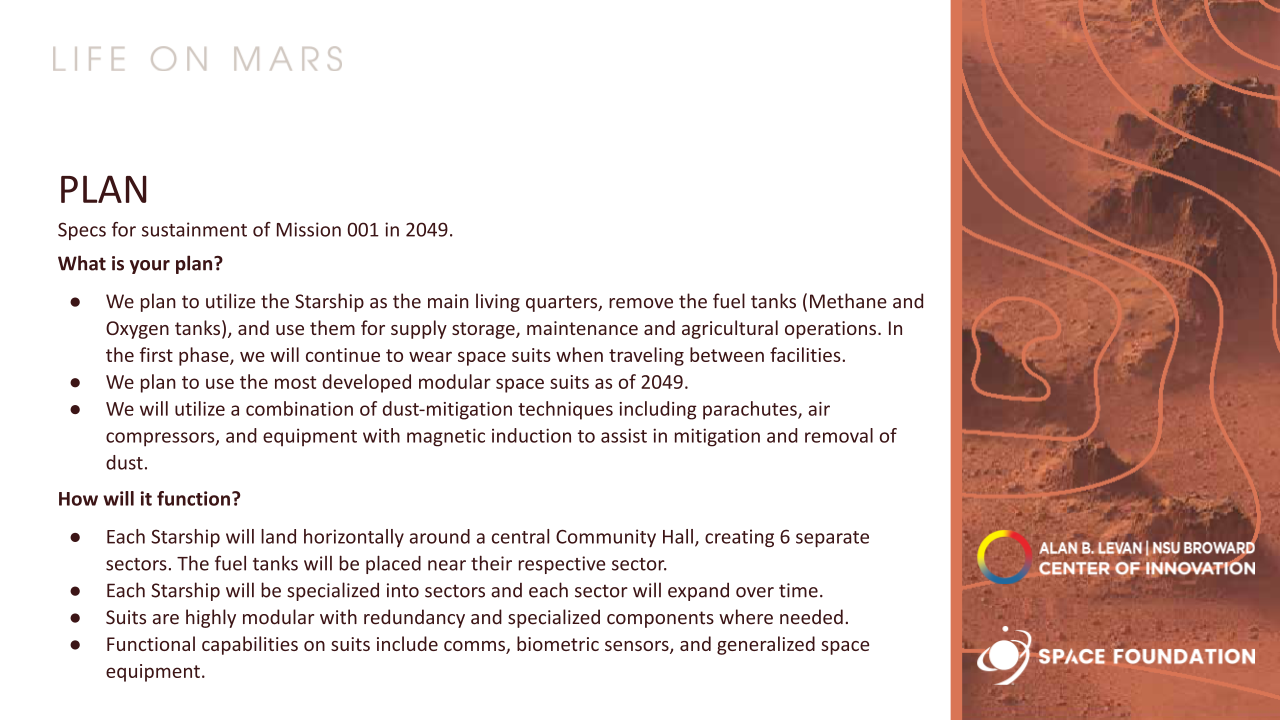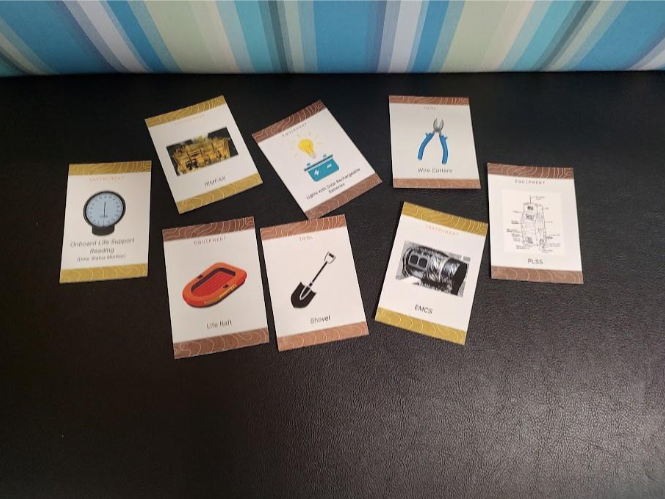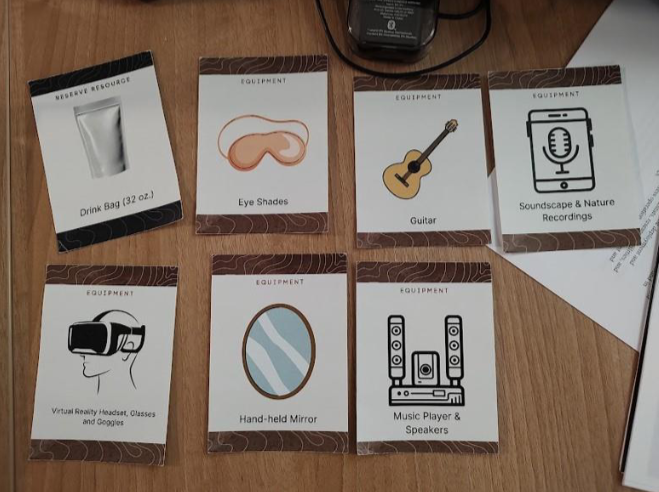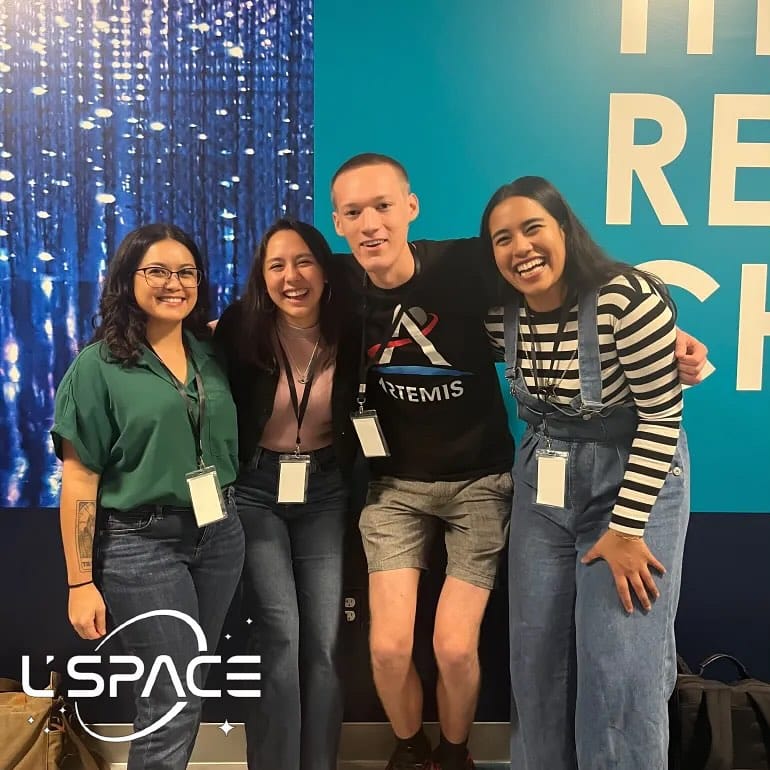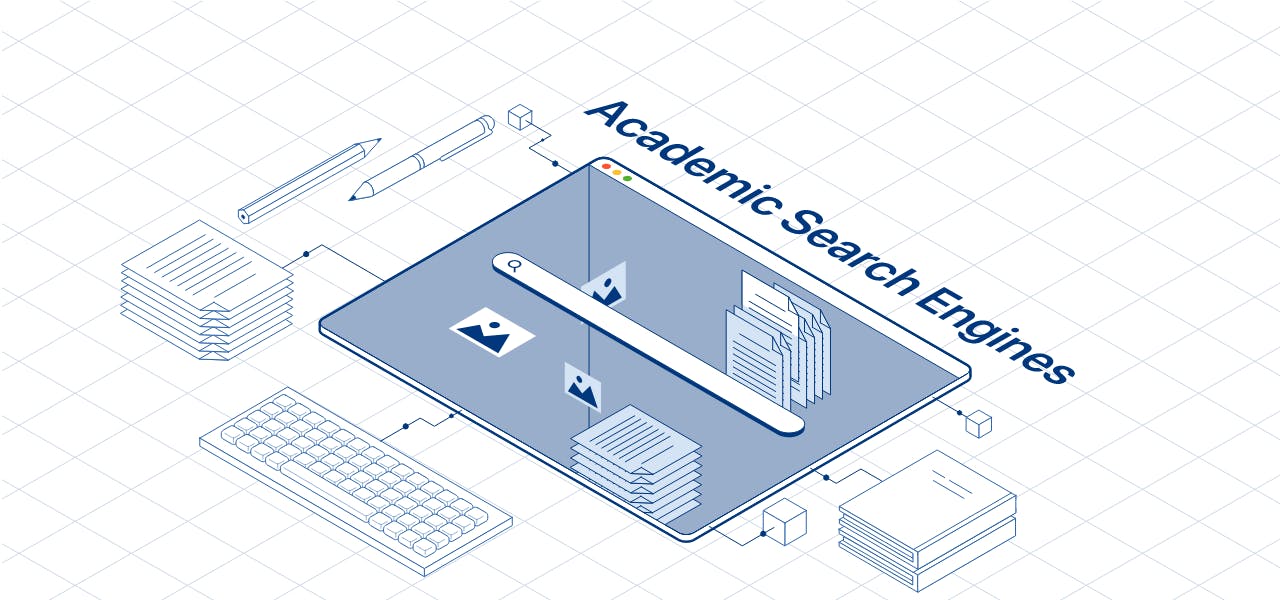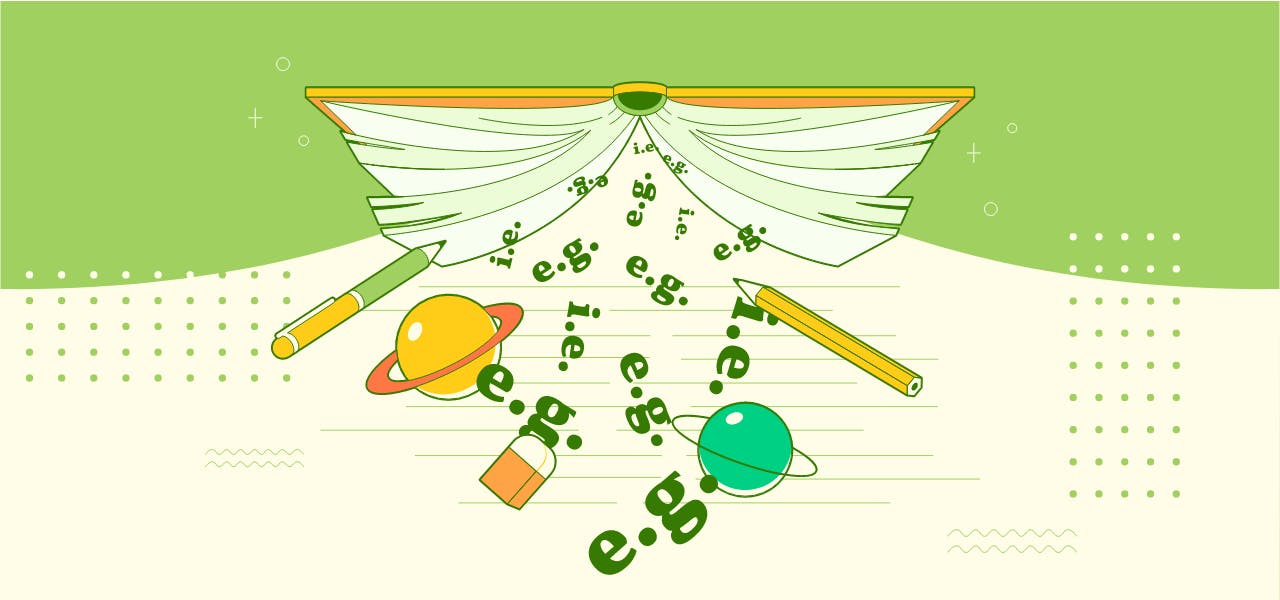Over the past two weeks, our team has been fully immersed in the University of North Dakota's Inflatable Lunar Mars Analog Habitat (ILMAH), simulating life on another planet. This experience has provided invaluable insights into the challenges and opportunities of long-term space habitation. Here’s a detailed account of our mission, the daily activities we engaged in, the significance of analog astronaut missions, and answers to frequently asked questions about this unique endeavor.
Mission Overview
From the start of our mission, our team—comprising William Boland, Alita Regi, and Josh Universe—has been dedicated to conducting a variety of research and experiments within the ILMAH. Our schedule has been packed with scientific studies, physical workouts, and crew bonding activities. We also carried out extravehicular activities (EVAs) in space suits and utilized a rover for specific tasks, mimicking the conditions astronauts would face on the Moon or Mars.
Daily Activities
Our daily routine in the ILMAH was meticulously planned to simulate the structured environment of a real space mission. Here’s an in-depth look at our activities:
- Plant Studies: Our botanical experiments focused on understanding how different plant species grow under controlled environmental conditions that mimic those of extraterrestrial habitats. We monitored growth rates, nutrient absorption, and overall plant health, which is crucial for future space farming and long-term missions.
- Individual Studies: Each crew member conducted specialized research:
- EEG and Brain-Computer Interface (BCI): We explored the feasibility of using brainwaves to control devices and make API calls. This included an experiment where a simple command like "Hello World" was processed by ChatGPT.
- Epidermal Electronic Systems: We tested wearable electronic systems that monitor health metrics such as heart rate and hydration levels.
- Wireless Data Collection: Using weather balloons, we collected atmospheric data, which could inform future Martian weather forecasting.
- AI Psychological Agents: We investigated the use of AI to provide psychological support, which could be vital for the mental well-being of astronauts on long missions.
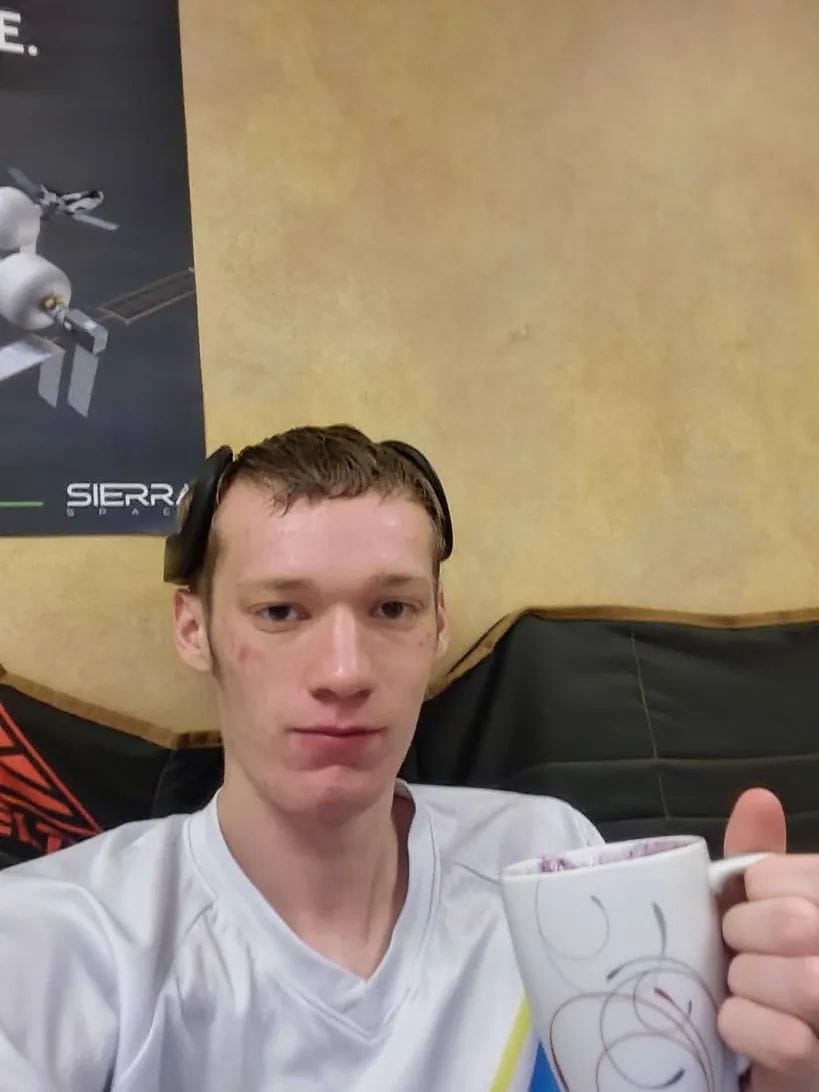
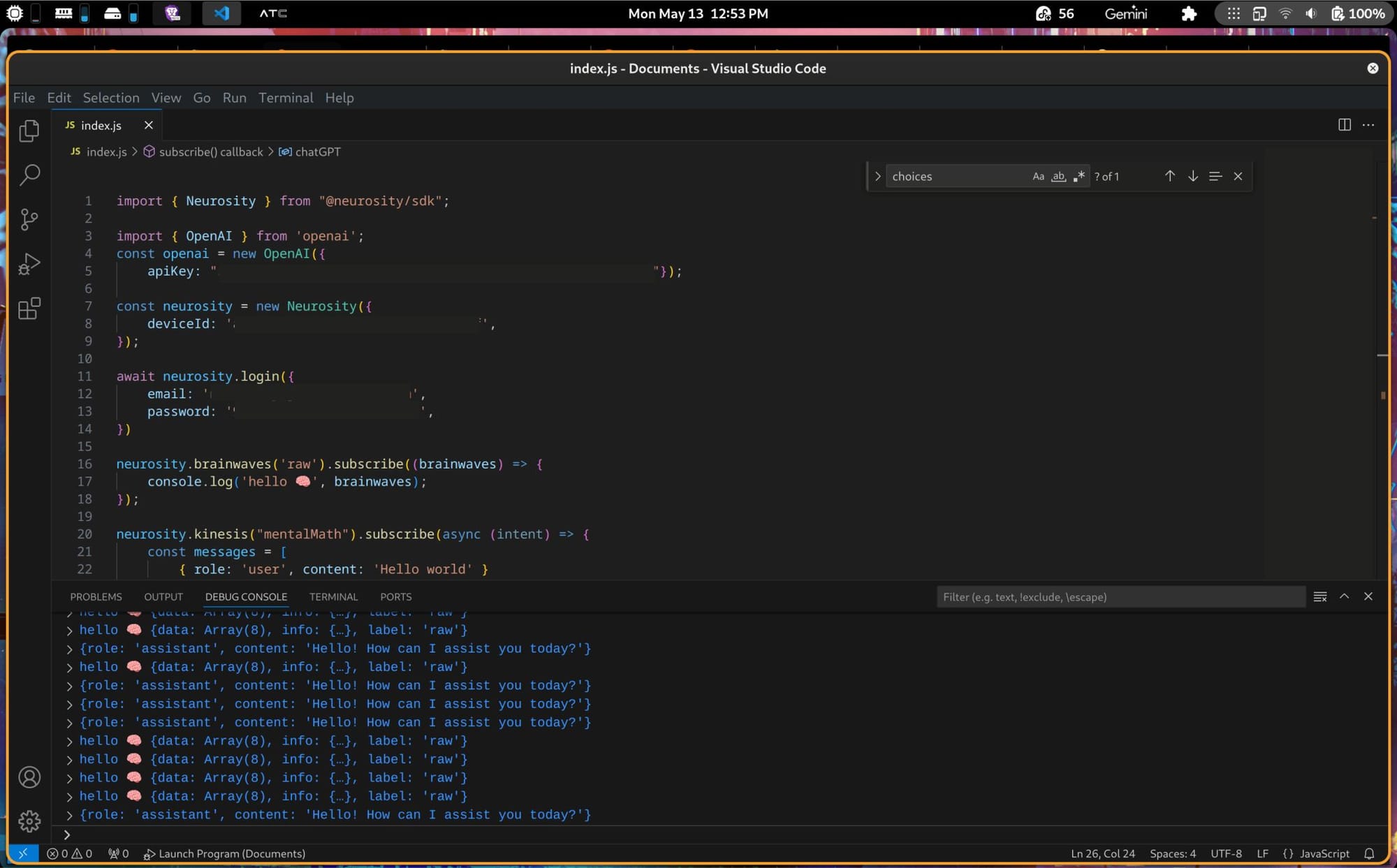
- Physical Workouts: Maintaining physical fitness is crucial in space where microgravity can lead to muscle atrophy. We engaged in two one-hour workout sessions daily, incorporating both strength training and cardiovascular exercises.
- Saliva Collection: Conducted three times daily, saliva samples helped us track changes in stress hormones and other biomarkers, providing insights into the physiological impact of living in a confined environment.
- EVAs: These activities included suited EVAs and rover-based tasks, conducted both inside and outside the habitat to simulate surface exploration on another planet. Each EVA was meticulously planned and executed to ensure safety and maximize research output.

- Crew Bonding: Recognizing the importance of team cohesion, we included activities like watching movies. For example, we watched "Valerian and The City of A Thousand Planets," which provided both entertainment and an opportunity for crew members to relax and bond.
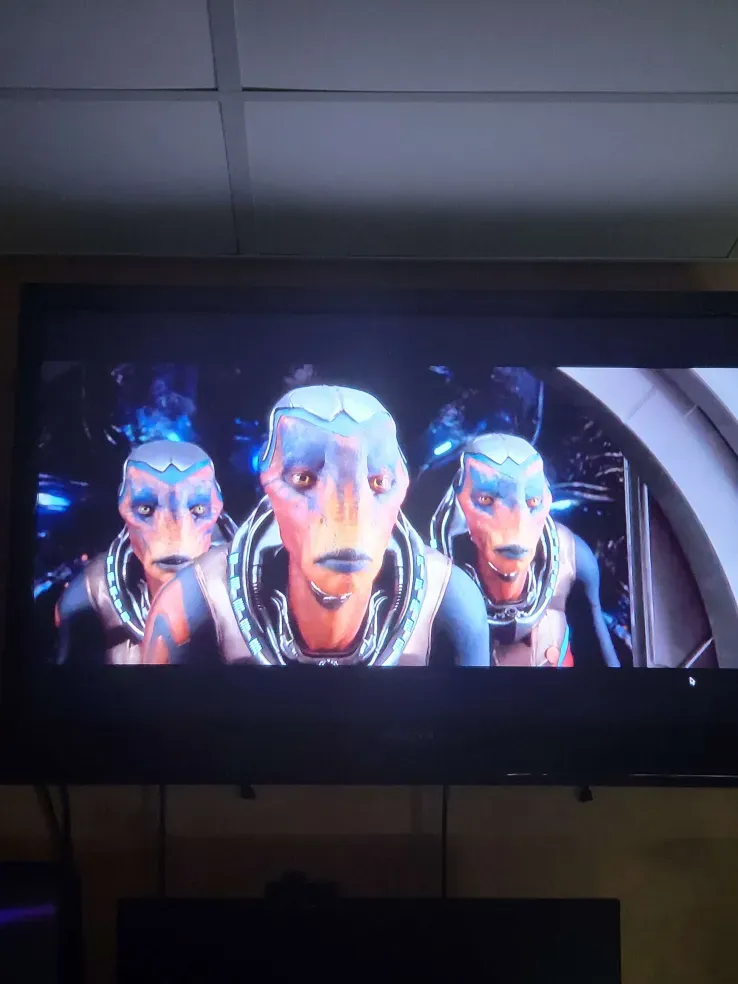
Research Highlights
One of the most exciting areas of research during our mission was the development of a functional Brain-Computer Interface (BCI) using EEG technology. This BCI allowed us to make simple API calls to the ChatGPT API, demonstrating the potential for astronauts to interact with systems hands-free, which could be especially useful in emergencies or when performing complex tasks.
Analog Astronaut Missions: An Overview
What is an Analog Astronaut Mission? Analog astronaut missions simulate living in space-like conditions on Earth, often in habitats that replicate the constraints and challenges of life on another planet. These missions allow researchers to test new technologies, protocols, and the psychological and physiological impacts of long-duration space habitation.
Benefits of Analog Missions
- Safety: Analog missions help validate new technologies and protocols, ensuring that only those which enhance astronaut safety are implemented in actual space missions. By identifying potential issues on Earth, we can prevent critical failures in space.
- Cost-Effectiveness: Conducting experiments and training in analog environments is significantly cheaper than in space, allowing for extensive testing and development. This is crucial given the high costs associated with space missions.
- Fun and Engaging: Beyond the scientific and practical benefits, analog missions are also an exciting and unique experience for participants, fostering a passion for space exploration and innovation.
Personal Reflection and Future Plans
Participating in this analog astronaut mission has reinforced my commitment to exploring other planets and contributing to humanity’s goal of becoming a multi-planetary species. This mission was not just a professional endeavor but a personal milestone as well—I entered the habitat as a teenager and left in my twenties.
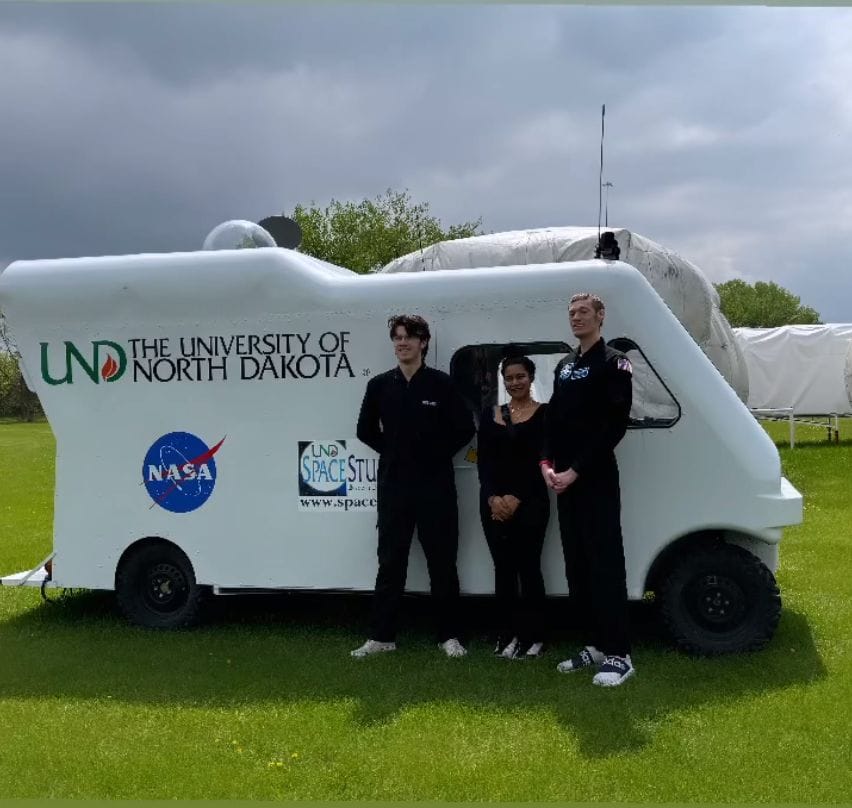
My next steps include:
- Stellar Training for Astronaut Readiness (STAR): I will be participating in the STAR program this summer. This training will further enhance my skills and readiness for future space missions.
- Further Training and Missions: This fall, I will be taking part in another analog mission with the Analog Astronaut Training Center in Poland. This mission will build on the experiences gained at ILMAH and provide new challenges and learning opportunities.
- Continuing Education: I plan to continue my coursework at the International Institute for Astronautical Sciences (IIAS), building on the foundations laid by this mission. The knowledge and skills acquired through IIAS will be essential as I pursue a career in astronautics.
Frequently Asked Questions
Q: What Is an Analog Astronaut Mission? 🧑🚀 A: An Analog Astronaut Mission is an event where a small cohort of people simulates living in microgravity or on another planet with predefined research objectives. It typically takes place in a structure that mimics an early-stage habitat or natural formation on another planet, such as lava tubes.
Q: What Are The Benefits of An Analog Astronaut Mission? 🤔
A:
- Overview: Analog Astronaut missions allow early-stage research, development, and innovation of new protocols which directly or indirectly involve the physiological or psychological state of a human. They also test equipment and other implementations for potential use in microgravity or human settlements on other planets.
- Safety: Safety is the top priority for any crewed mission to space. Analog missions validate and pilot new technologies, programs, and protocols to enhance astronaut safety. They also identify protocols that may harm an astronaut's physiological or psychological state.
- Cost: Space missions are incredibly expensive. Analog missions provide a cost-effective way to conduct research and training, preparing astronauts for real missions without the high costs associated with space travel.
- Fun: Analog missions are also enjoyable, providing participants with unique and engaging experiences.
Q: Why Did I Do This Analog Astronaut Mission? 🤔 A: I participated in this analog astronaut mission because I am passionate about exploring other planets and helping pioneer humanity's mission to become a multi-planetary species. This mission is a step towards achieving that goal and gaining the necessary experience and knowledge.
Q: What Are You Doing Next? A: My future plans include:
- Participating in the Stellar Training for Astronaut Readiness (STAR) program cohort 24.2 by Emily Apollonio at the Interstellar Performance Labs this summer.
- Engaging in another analog mission with the Analog Astronaut Training Center in Poland this fall.
- Continuing my astronautics training at the International Institute for Astronautical Sciences (IIAS) with the applied astronautics program.
Q: What Was the Most Challenging Part of the Mission? A: The most challenging part was adapting to the confined space and rigorous schedule while maintaining high levels of performance in our research and daily activities. The psychological and physical demands were significant, but they provided valuable insights into the conditions astronauts will face on long-duration missions.
Q: How Did the Team Handle Isolation and Confinement? A: We employed various strategies to cope with isolation and confinement, including structured daily routines, regular communication with mission control, and engaging in team-building activities. Maintaining a positive and supportive team dynamic was crucial for our mental well-being.
Q: What Is the Significance of the Brain-Computer Interface (BCI) Research? A: The BCI research demonstrated the potential for astronauts to interact with systems using brainwaves, offering a hands-free method of control. This technology could be particularly useful in emergencies or when performing complex tasks that require precision and concentration.
Q: How Does This Experience Contribute to Future Space Missions? A: This experience contributes to future space missions by providing data and insights on the physical and psychological impacts of long-duration habitation in confined environments. It also helps validate new technologies and protocols, improving the safety and effectiveness of future missions.
Q: What Did You Learn About Team Dynamics During the Mission? A: Effective communication, mutual support, and shared goals are essential for maintaining team cohesion and performance in confined environments. Regular team activities and open discussions helped us navigate challenges and enhance our collaboration.
Q: How Did You Celebrate Your Birthday Inside the Habitat? A: Celebrating my birthday inside the habitat was a unique experience. The team made it special by organizing a small celebration, which included a movie night and some special treats. It was a memorable way to mark the occasion.
Q: What Advice Would You Give to Aspiring Analog Astronauts? A: For aspiring analog astronauts, I recommend pursuing relevant education and training, staying physically fit, and being open to new experiences. Participating in analog missions requires resilience, adaptability, and a strong passion for space exploration.
Conclusion
My time inside the ILMAH has been both challenging and rewarding. The research conducted and the experiences gained will contribute to the future of space exploration. I am grateful to the University of North Dakota and the Florida Institute of Technology for this opportunity and look forward to applying what I have learned in future missions.





